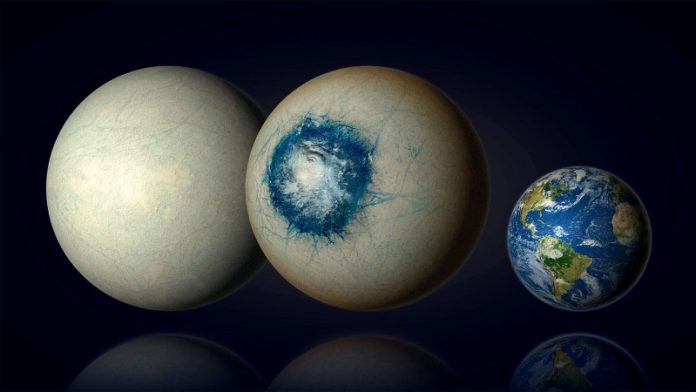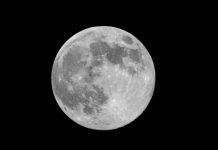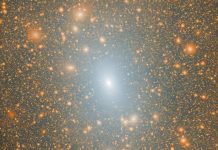
A team of astronomers has made an exciting discovery using data from the James Webb Space Telescope (JWST).
They have identified an exoplanet, LHS 1140 b, which is a promising candidate for a habitable ice or water world.
This planet is located about 48 light-years away in the constellation Cetus and is considered one of the most promising candidates for finding habitable conditions outside our solar system.
LHS 1140 b orbits a small, cool star known as a red dwarf. Despite its proximity to its star, the planet is within the “habitable zone,” where temperatures could allow for liquid water, a crucial ingredient for life as we know it.
The findings, led by researchers from Université de Montréal, show that LHS 1140 b is not a mini-Neptune, which is a small gas giant with a thick hydrogen-rich atmosphere.
Instead, it appears to be a “super-Earth,” a rocky or water-rich planet larger than Earth. This discovery was supported by data from JWST, along with previous observations from other space telescopes like Spitzer, Hubble, and TESS.
Ryan MacDonald, a NASA Sagan Fellow, and a key member of the research team, stated, “This is the first time we have ever seen a hint of an atmosphere on a habitable zone rocky or ice-rich exoplanet. Detecting atmospheres on small, rocky worlds is a major goal for JWST.”
LHS 1140 b’s potential for habitability has intrigued scientists because it is one of the closest known exoplanets within its star’s habitable zone. The planet’s atmosphere, if confirmed, could mean it has conditions suitable for liquid water.
One of the critical questions was whether LHS 1140 b is more like a mini-Neptune or a super-Earth. The new data strongly suggest it is a super-Earth. The research team found evidence indicating the planet might have a nitrogen-rich atmosphere, similar to Earth’s. However, more observations are needed to confirm this.
The planet’s density is lower than expected for a rocky planet with an Earth-like composition, suggesting that 10 to 20% of its mass could be water. This implies that LHS 1140 b might be an ice planet with a potential liquid ocean at its sub-stellar point, the area always facing its star.
If LHS 1140 b does have an Earth-like atmosphere, it could be a “snowball” planet with a large ocean, possibly half the size of the Atlantic Ocean. The surface temperature at the center of this ocean could be around 20 degrees Celsius, making it a comfortable environment.
“This discovery favors the water world scenario as the most plausible,” said Charles Cadieux, the lead author of the study. “LHS 1140 b could be our best bet to one day indirectly confirm liquid water on the surface of an alien world beyond our solar system.”
The discovery of LHS 1140 b’s potential atmosphere and favorable conditions for liquid water makes it an exceptional candidate for future habitability studies. It offers a unique opportunity to study a world that could support life, given its position in the habitable zone and the likelihood of having an atmosphere that can retain heat and support a stable climate.
“This is our first tantalizing glimpse of an atmosphere on a super-Earth in the habitable zone,” MacDonald said. “While we need more JWST observations to confirm the nitrogen-rich atmosphere, this is a very promising start.”



